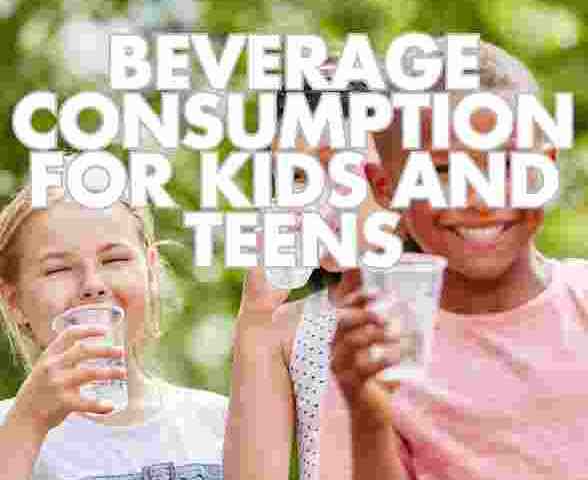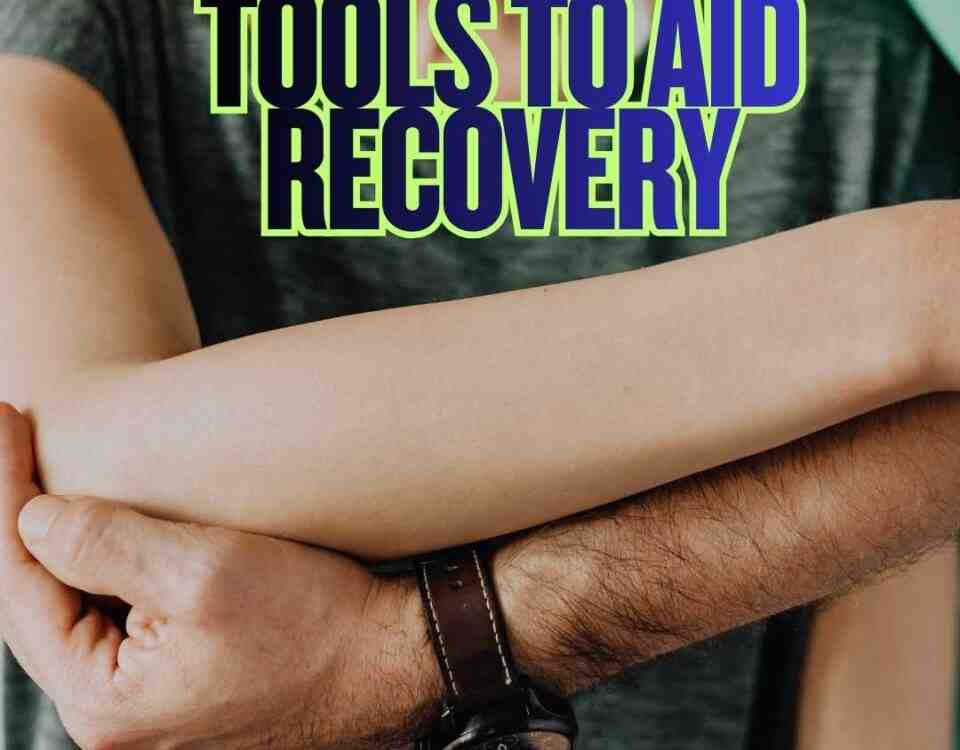Beverage Consumption for kids and teens

Stages of Degeneration
April 25, 2025
Strains and Healing
April 25, 2025- Accident doctor
- accupuncture
- airplane headache
- alzheimer's
- best habits
- Brain Injuries
- car accident
- car accidents
- cervical strain
- colds
- concussion
- Concussions
- disc bulge
- dosage meds
- dry needling
- dull pain
- E bike injuries
- florida
- good posture
- headaches
- Headrest positions
- Headrest positions after an accident
- Healthy choices
- Healthy flying
- healthy gift guide
- Healthy SPring Ideas
- hip pain
- hyperextension
- injury doctor
- insurance
- Kayaking
- kentucky
- kids motion sickness
- lifestyle
- motion sickness
- neck injury
- no fault insurance doctor
- noise healing
- osteoporosis
- pain symptoms
- pink noise
- posterior chain
- posture
- prevent osteoporosis
- Rest
- Scoliosis
- shoulder pain
- Stress with kids after a motor vehicle accident
- TBI
- tips
- tmj
- torn muscle
- Traumatic Brain Injury
- trigger points
- VitaminD
- What are Post Traumatic headaches?
Beverage Consumption Recommendations for 5–18 Year Olds in 2025
Staying hydrated is important for growing kids and teens, but not all drinks are the same. In January 2025, Healthy Eating Research, along with the American Academy of Pediatrics and the American Heart Association, released updated beverage recommendations for kids ages 5 to 18. These guidelines focus on proper hydration while limiting sugary and unhealthy drinks.
I am Dr. Aaron Workman, a team member of one of the highest rated car accident medical care programs, Chambers Medical Group of Kentucky, and I will discuss the updated beverage recommendations for kids. As a father of 4, it is sometimes important to have research to back up what my kids may see as cruel parenting. Therefore, you can find this guide at (healthyeatingresearch.org), print it and place it on the refrigerator as a family resource.
Water is ALWAYS the Best Choice
The top recommendation, plain water, is simple and has always been our go to for our kids. This does not need to be some fancy, expensive bottled water. This includes tap water, well water, and unsweetened bottled or sparkling water. Drinking enough water keeps kids hydrated, supports their metabolism, and helps prevent health issues that will eventually show up due to sugary alternatives.
How Much Should Kids Drink?
The amount of water needed varies by age, weight, activity level, and where you live (climate/temperature), but here are the general recommendations for total daily fluid intake (which includes ALL beverages).
Ages 5–8 years: About 40 ounces per day (5 cups)
Ages 9–13 years: About 54 ounces per day (6.75 cups)
Ages 14–18 years: About 61 ounces per day (7.6 cups)
Which Types of Fluids to Focus On?
These numbers include all beverages, but the idea is for plain water to be the primary drink. The only way to get your kids to understand the numbers is to demonstrate using their own water bottles. Show them the amount in terms of what they use daily. You could always make a mark on their container and let them set a goal to reach that amount. Water should be the top choice but there are other drinks you can use in more limited amounts.
Plain pasteurized milk provides calcium and Vitamin D but should still be monitored in quantity.
Up to 20 ounces per day (2.5 cups) for ages 5–8
Up to 24 ounces per day (3 cups) for ages 9–18
100% Fruit Juice with the key being the percentage of juice. This will typically contain some vitamins but will also include natural sugars that can lead to an abundance of calories that are unneeded. These types of juices should be limited to 8 ounces (1 cup) per day for all age groups.
Drinks to Avoid
The new guidelines strongly recommend limiting or avoiding all the good stuff the kids love.
- Sugary drinks such as soda, fruit drinks, sports drinks, and energy drinks. These contribute to weight gain, tooth decay, and increased risk of type 2 diabetes.
- Flavored milk. These are notorious in our public-school system from strawberry to chocolate. It is something that was healthy but now gets a load of sugar and flavoring added.
- Drinks with artificial sweeteners. With all the research that has surfaced over the years, I would not have a diet drink, much less introduce that to a child. It has negative effects so research yourself and change the habit within your kids.
Proper hydration allows the brain to function, better digestion and sustains energy levels. Using sugary drinks as your source of hydration allows obesity, type 2 diabetes, and cavities just to start. Utilizing these recommendations can help parents and families build a better foundation of habits that can lead to long term wellness. Choosing water is always the correct answer.
— This article is written by Aaron Workman, DC, one of the members of Chambers Medical Group’s team of car accident chiropractors who offer a variety of treatments and therapies ranging from diagnostic testing to various soft tissue therapies for car accidents and injuries in Kentucky.




